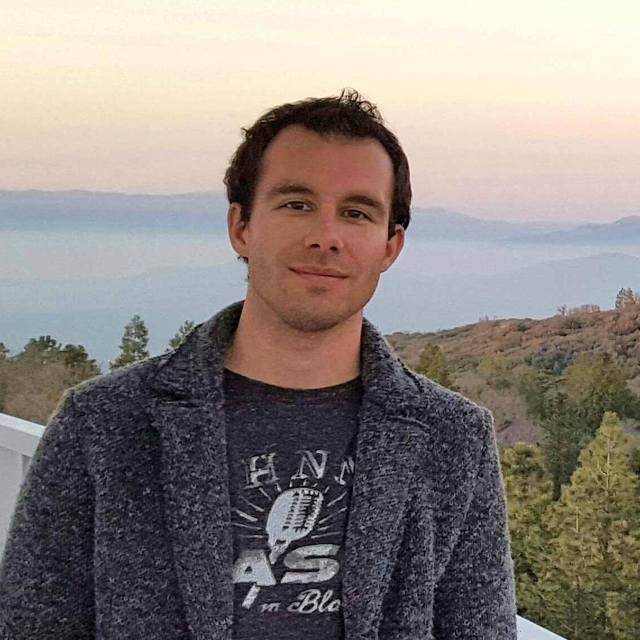March
2018
•
2018ApJ...855..132F
Authors
•
Faisst, Andreas L.
•
Masters, Daniel
•
Wang, Yun
•
Merson, Alexander
•
Capak, Peter
•
Malhotra, Sangeeta
•
Rhoads, James E.
Abstract
•
We present an empirical parameterization of the [N II]/Hα flux ratio as a function of stellar mass and redshift valid at 0 < z < 2.7 and 8.5< {log}(M/{M}⊙ )< 11.0. This description can (i) easily be applied to simulations for modeling [N II]λ6584 line emission, (ii) deblend [N II] and Hα in current low-resolution grism and narrow-band observations to derive intrinsic Hα fluxes, and (iii) reliably forecast the number counts of Hα emission-line galaxies for future surveys, such as those planned for Euclid and the Wide Field Infrared Survey Telescope (WFIRST). Our model combines the evolution of the locus on the Baldwin, Phillips & Terlevich (BPT) diagram measured in spectroscopic data out to z ∼ 2.5 with the strong dependence of [N II]/Hα on stellar mass and [O III]/Hβ observed in local galaxy samples. We find large variations in the [N II]/Hα flux ratio at a fixed redshift due to its dependency on stellar mass; hence, the assumption of a constant [N II] flux contamination fraction can lead to a significant under- or overestimate of Hα luminosities. Specifically, measurements of the intrinsic Hα luminosity function derived from current low-resolution grism spectroscopy assuming a constant 29% contamination of [N II] can be overestimated by factors of ∼8 at {log}(L)> 43.0 for galaxies at redshifts z ∼ 1.5. This has implications for the prediction of Hα emitters for Euclid and WFIRST. We also study the impact of blended Hα and [N II] on the accuracy of measured spectroscopic redshifts.
Links






